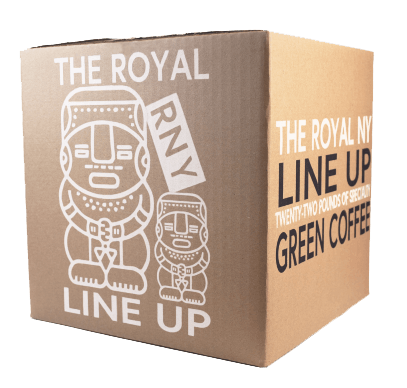No products in the cart.
Tea
“How To” Guide for Cupping and Evaluating Tea
When cupping tea, it is important to recognize that not all teas share the same characteristics. While the standards for each will vary and intended use should be taken into account, the methodology to compare them should be consistent.
Analyzing Dry Leaf
We begin by analyzing the characteristics of the dry leaf grade. We can first take note of the plucking of the tea. Does the sample contain the proper proportion of buds and leaves? For instance, Silver Needle white tea should contain only buds and no leaves. Golden or Tippy teas should contain higher proportions of buds than your average Orange Pekoe.
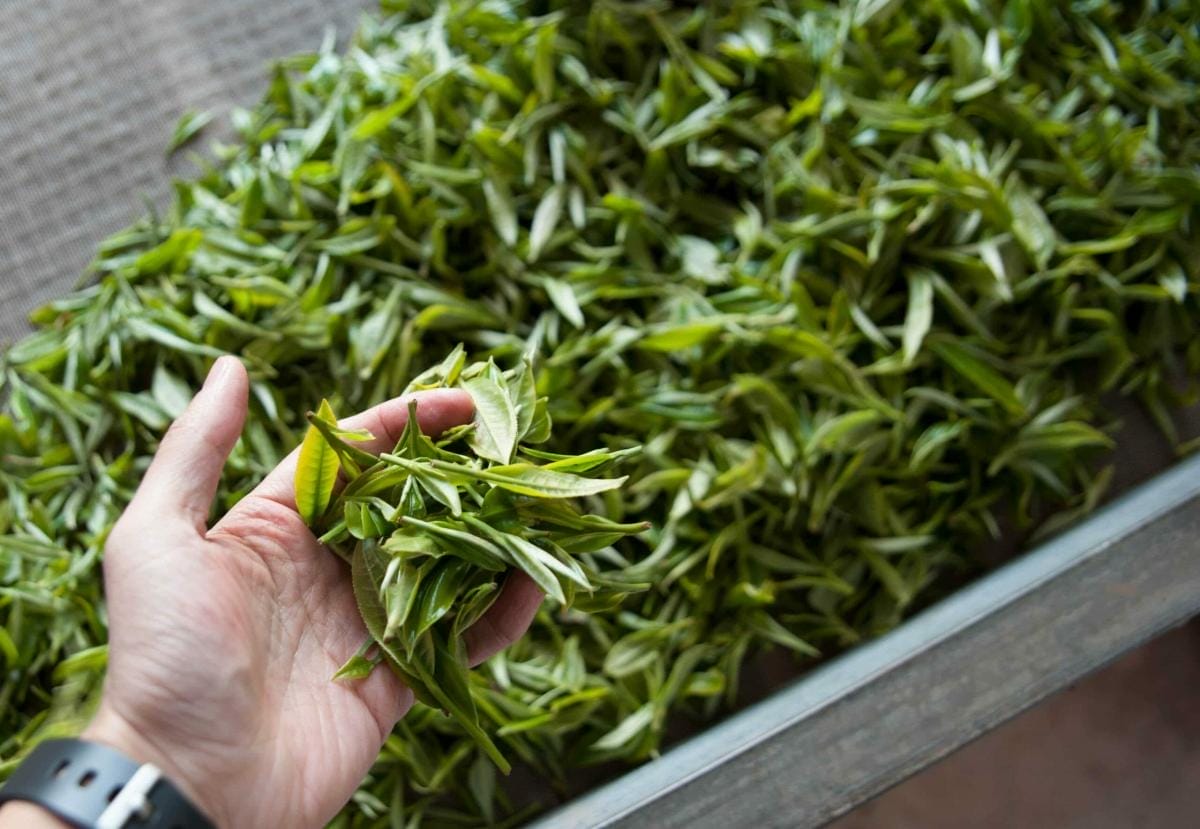
Higher quality teas will generally have more saturated coloration. As tea ages, the leaf color will fade and the flavor profile will change. The leaves should be full, intact, and uniform. Broken leaves or stems indicate a lower quality tea. Flavor compounds will extract more quickly with broken leaves, yielding a less complex cup.
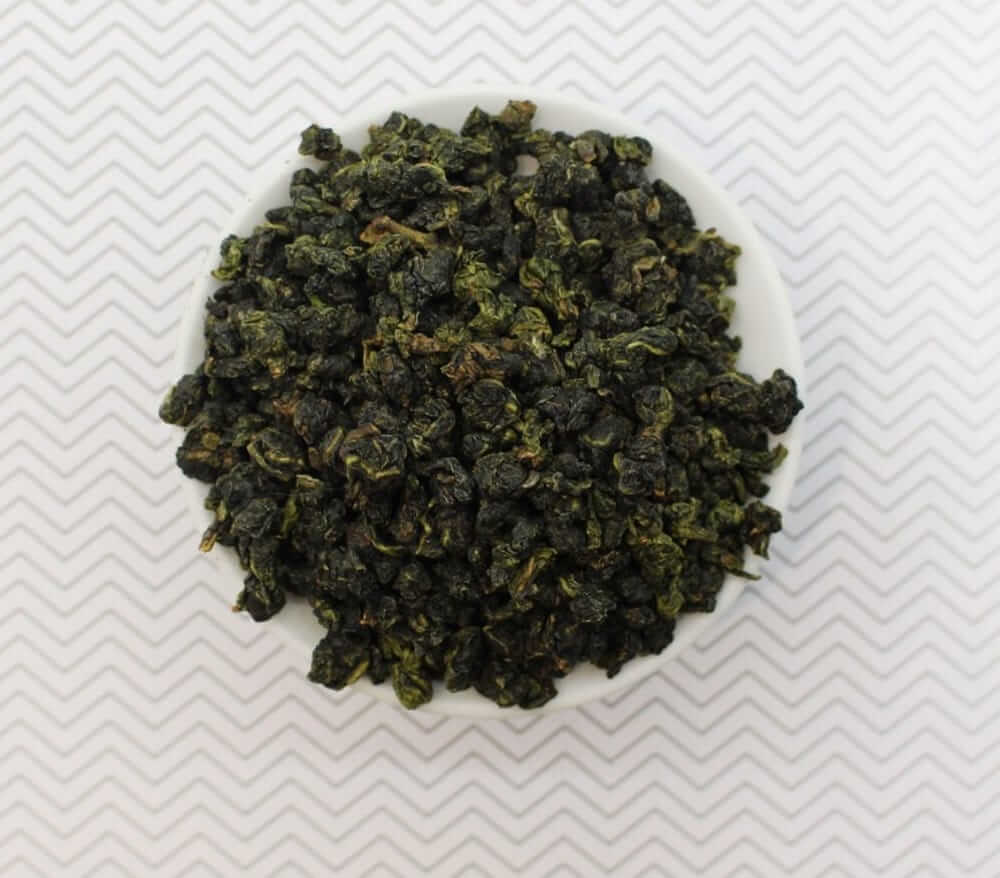
The tea should have a consistent shape throughout the sample, but the shape varies depending on the processing method. Gunpowder tea should be rolled tightly, whereas Dragonwell should be straight and flat. These styles of production vary regionally and play into whether that tea is a good representation of that origin. Recognizing the quality of these preparation methods comes with experience and a broader understanding of tea processing.
Cupping Standards
After the dry leaf is evaluated, there are two styles of cupping: standard and competition. Standard cupping preparation is as follows:
Step 1: Weigh out 3g tea per 6oz water
Step 2: Steep for 3 minutes using water at 195°.
Only if all teas you are cupping are the same type, use the following temperatures:
White Tea: 175°
Green Tea: 175°
Oolong Tea: 185°
Black and Pu’er Tea: 195°
Herbal Teas: 205°
Step 3: Decant and strain into clear glass cup
Step 4: Taste using a spoon to vigorously slurp the tea while still hot
Cup Liquor
The resulting liquor should be clear and brilliant. These characteristics mean that there are less suspended particles from tea and the quality of the cup will be more clean and structured. There are some exceptions to this rule, such as Japanese Sencha, which is standard to have a more cloudy cup. The color is important. An Assam tea with pale yellow cup liquor would indicate the tea is aged or improperly stored. A high quality Assam tea should yield a dark, rich cup liquor. The darkness of the color will give you an indication of flavor intensity.
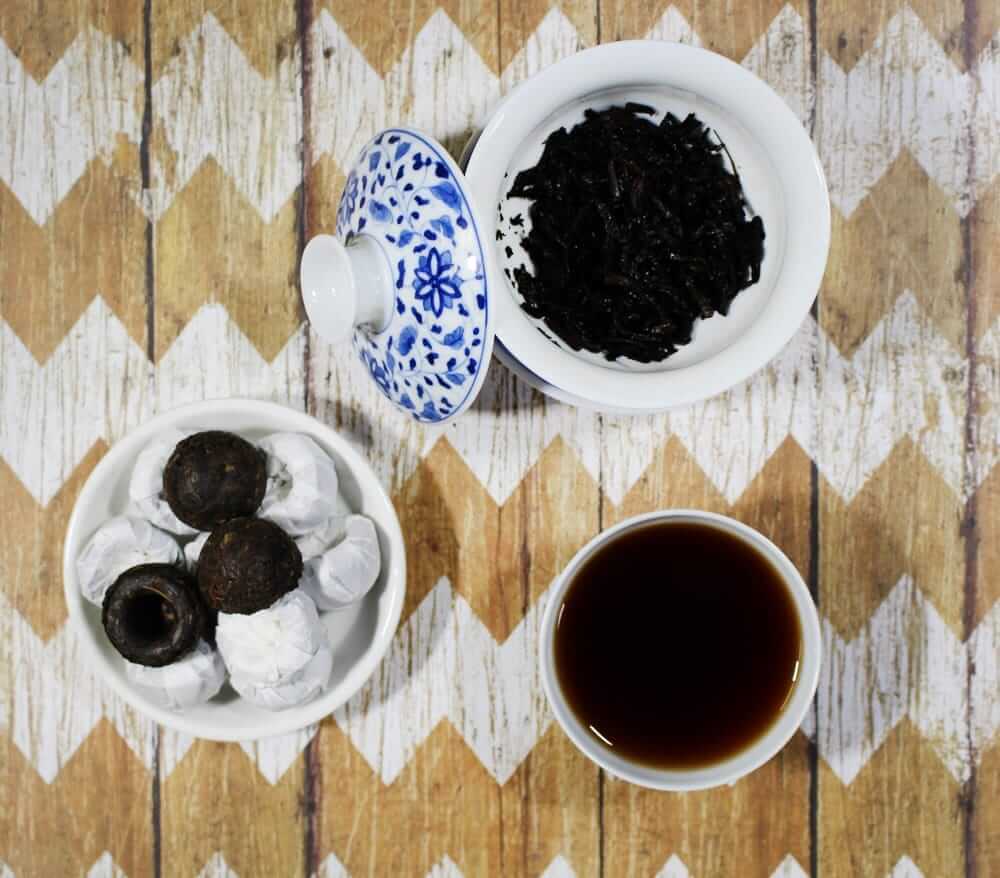
Fragrance and Aroma
The fragrance and aroma of the tea should be evaluated by smelling the dried and the brewed leaves. The characteristics of these aromas should correlate to the flavors in the cup. Different processing methods or regions will yield aromas that range from floral or fruity to oceanic. Sometimes, defective attributes could also be detected in the aroma such as chemicals or storage issues.
Flavor
Finally, we must taste the tea and evaluate flavor. Different cultivars, origins, and processing styles will result in different flavors. When tasting, we are evaluating body, mouthfeel, sweetness, balance, and finish.
Body and Mouthfeel
Body and mouthfeel are not flavors we experience, but are tactile sensations. Most broadly, body is light, medium, or heavy. A simple exercise to understand body would be to taste skim, whole milk and heavy cream. The flavors are mostly the same, but their weight on your tongue is not. Mouthfeel is used to describe these sensations more broadly than their weight. Most literally, how does this tea feel as it crosses your palate. Is it drying, juicy, sticky, buttery or creamy?
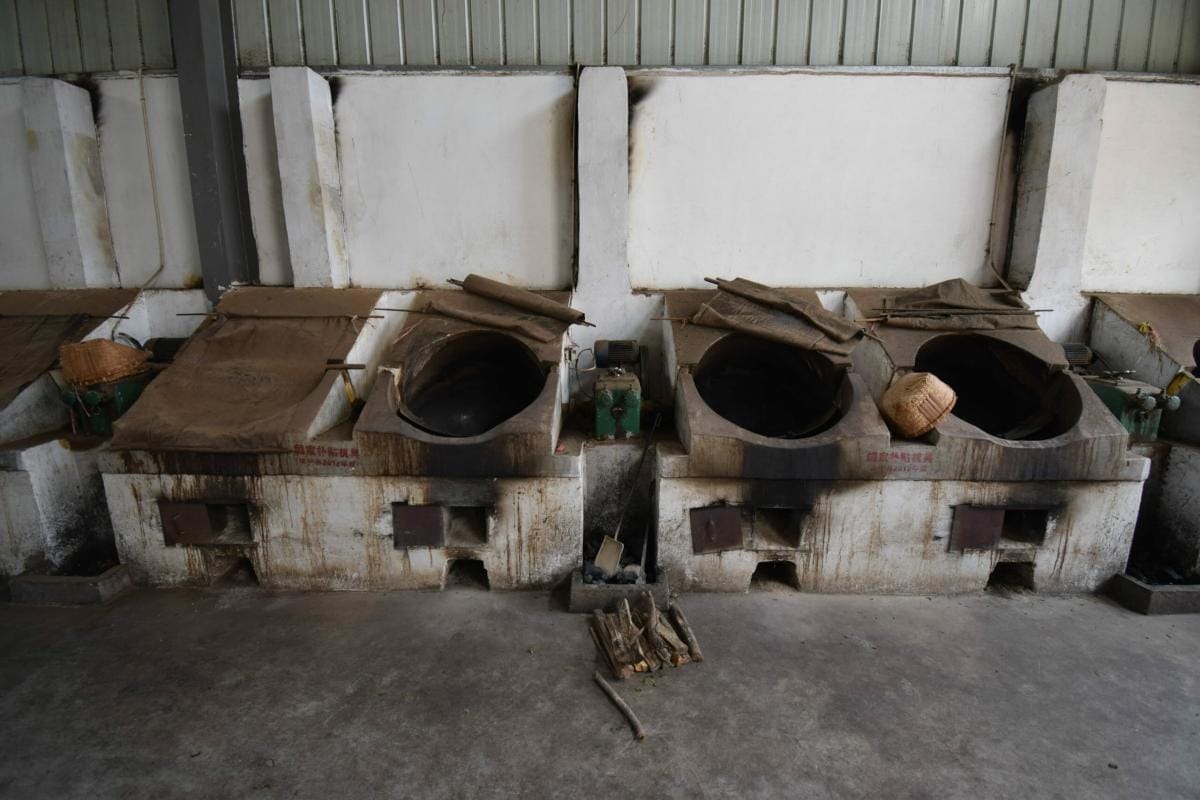
Sweetness
Sweetness can be described by multiple characteristics and intensity. Sweetness can be differentiated by malted, baking or brown sugars, honey and floral, or refined sugars. Different processing styles can be equally sweet, but the characteristics of that sweetness could be different. A Clouds and Mist tea can have honey sweetness that is equal in sweetness to a Ceylon tea that has more brown sugar sweetness.
Balance & Finish
Balance is related to how these flavors all interact with each other. A tea that is overwhelmingly bitter or astringent is not pleasant to consume, but when balanced with sweetness or acidity, these flavors can add to a complex cup profile.
Finally, the finish is how the tea leaves your palate. Do the flavors linger or not and is it pleasant?
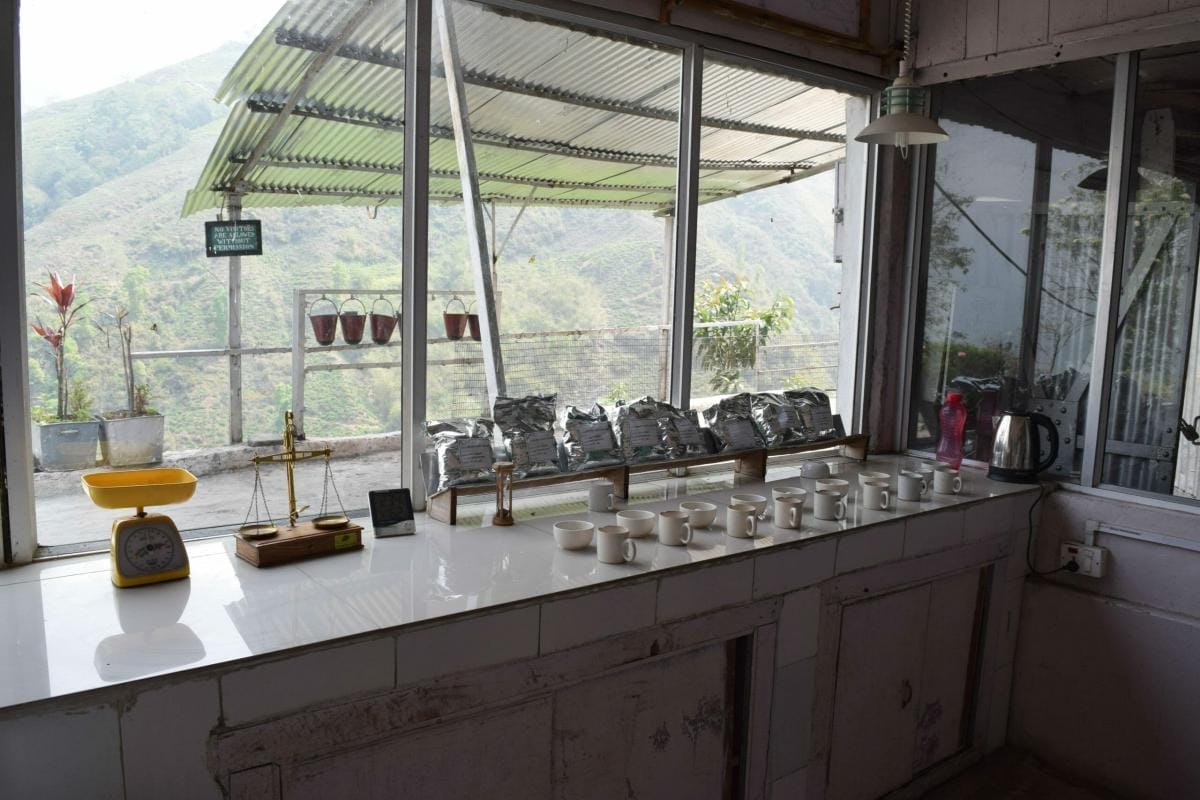
Competition Cupping
When comparing multiple teas of the same type or preparation style, it is helpful to use competition cupping to highlight any differences between them. Competition cupping is important because hot water and prolonged steep allow all flavor compounds and aromatics to be extracted. The competition preparation is as follows:
Step 1: Weigh out 3g tea per 6oz water
Step 2: Steep for 5 minutes in boiling water, regardless of tea style
Step 3: Decant and strain into clear glass cup
Step 4: Taste using a spoon to vigorously slurp the tea while still hot
It is important to recognize that not all tea styles will perform as well under these conditions. For example, these brewing parameters are acceptable for Keemun black tea but would yield a disappointing cup of Clouds and Mist green tea. Following a competition round of cupping, follow standard cupping protocols to select the best option.
Ultimately, it is important to be tasting teas consistently and critically. Developing strong quality control standards and schedules will help to learn the more nuanced aspects of teas and you will be able to recognize out of character traits of new teas more quickly.
